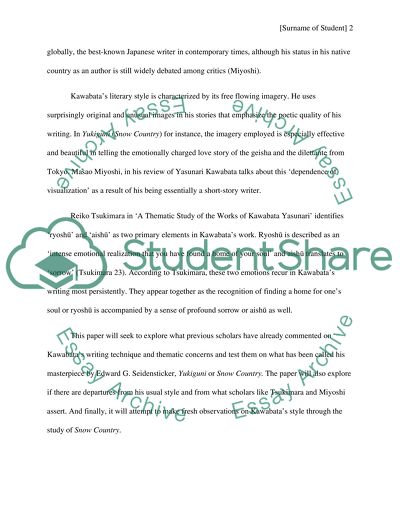Cite this document
(“Yasunari Kawabatas Masterpiece Yukiguni Research Paper”, n.d.)
Retrieved from https://studentshare.org/english/1460227-yasunari-kawabatas-masterpiece-yukiguni
Retrieved from https://studentshare.org/english/1460227-yasunari-kawabatas-masterpiece-yukiguni
(Yasunari Kawabatas Masterpiece Yukiguni Research Paper)
https://studentshare.org/english/1460227-yasunari-kawabatas-masterpiece-yukiguni.
https://studentshare.org/english/1460227-yasunari-kawabatas-masterpiece-yukiguni.
“Yasunari Kawabatas Masterpiece Yukiguni Research Paper”, n.d. https://studentshare.org/english/1460227-yasunari-kawabatas-masterpiece-yukiguni.


